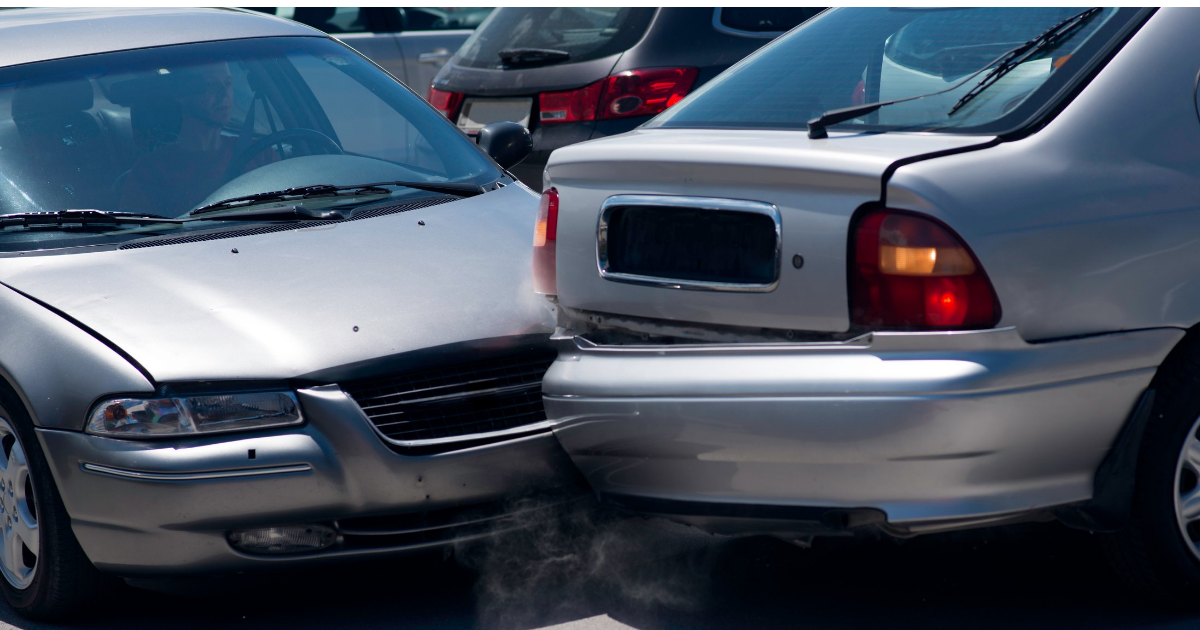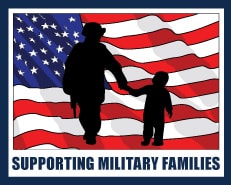Side-impact collisions, often called T-bone accidents, occur when one car’s front end plows into the side of another vehicle. T-bone car accidents can cause serious injuries to all passengers, particularly those sitting on the impacted side. Damage to the impacted vehicle usually results in a total loss.
T-bone accidents can cause catastrophic injuries to drivers and passengers because there is little protection for passengers and drivers on the side that is hit during an accident. Many newer cars have side-impact airbags, which can offer some protection. However, many older cars do not have this safety feature. Seat belts are rarely efficient protection in a side-impact collision.
T-bone accidents can cause various injuries. Listed below are common injuries that occur in side-impact collisions.
Whiplash and Neck Injuries
Whiplash is a common injury in almost every type of accident. When the head is violently jerked frontward, backward, and side-to-side, parts of your cervical spine can be seriously damaged, including tissue sprains and tears.
Spinal and Back Injuries
Upon impact in a side-impact collision, spinal discs could experience tremendous force, causing them to rupture or bulge. This injures the disc and puts pressure on surrounding nerves and the spinal cord, causing extreme pain that often requires surgery to fix.
In a T-bone collision, any part of the spinal cord can be damaged, sometimes permanently, such as paralysis. Spinal cord injuries may take some time to appear, so always check out symptoms after an accident.
Head Injuries
It is not uncommon for someone in a T-bone accident to hit their head on nearby objects, such as a window, a passenger, the headrest, steering wheel, or dashboard. The force of impact can result in severe skull, face, mouth, eye, and ear injuries. Sometimes, the front or side airbag can cause harm as well.
Brain Injuries
Brain injuries can occur with blunt force trauma to the head, such as in a side-impact collision. The brain is delicate and easily injured. Injuries to the brain are dangerous and can be challenging to treat. No matter the degree of damage, a brain injury will impact that person’s life.
A person may assume symptoms are a typical result of the accident and may disregard them, but this is not a good idea. A brain injury has many different symptoms, so see a doctor quickly if any of these symptoms occur after a car accident:
- Headaches
- Nausea
- Vomiting
- Dizziness
- Memory loss.
- Disorientation
- Confusion
- Ringing in the ears.
- Difficulty speaking.
- Inability to process information.
- Blurry vision.
- Insomnia
- Emotional or personality changes.
- Skin sensations, such as tingling, itching, or burning.
Leg and Hip Problems
A T-bone collision will usually impact a person at the waist or hip level. This can cause them bodily injury on the side of impact. Common injuries include broken or fractured hips, pelvis, or legs, and soft tissue damage, such as muscle or tendon tears. Severe bruising is also a common painful injury. Many times, leg and hip problems will affect the person’s future mobility.
Knee, Ankle, and Foot Injuries
Strain and blunt force trauma from the impact of a T-bone makes the knee, ankle, and foot susceptible to injury. Bones can fracture or break, and cartilage and tendons can be severely damaged. These injuries can potentially affect the person’s future ability to walk and work.
Shoulder Problems
The impact force in a side-impact collision can wrench a person’s upper body, putting tremendous strain on both shoulders and arms. The shoulder is made up of many soft tissues, including muscles and tendons. Common injuries to the rotator cuff and surrounding tissues often require surgery and many months of physical therapy. The clavicle is also commonly fractured in an accident.
Internal Organ Damage
Any time there is the potential for blunt force impact, there is also the potential for internal organ damage. Sometimes, bleeding and other symptoms are not immediately diagnosed, so be sure to check on any new symptoms.
Cuts, Bruises, and Lacerations
Windows and windshields often break in an accident, causing shreds of sharp glass to fly around in the car. Also, the face or another body part could roughly rub against an object in the vehicle, causing lacerations. Cuts, bruises, and lacerations need to be treated.
What Causes T-Bone Accidents?
Most car accidents can be attributed to driver error. The most common causes of T-bone accidents are listed below.
Running a Red Light or Stop Sign
When a car fails to stop at a red light or stop sign, the chance of that car impacting the side of the vehicle that has the right-of-way is high. Running a light or stop sign is one of the top causes of side-impact collisions.
Speeding
Speeding can cause many accidents because a driver cannot easily control their car at high speeds. It would be difficult for them to stop quickly if needed to avoid a side-impact collision.
Driving Under the Influence
Operating a vehicle while under the influence of drugs or alcohol can cause many types of accidents, including T-bone collisions. A driver who is drunk or on drugs cannot make good decisions or control their vehicle properly.
Fatigued Driving
Many drivers are on the road when they should be home in bed. Fatigued driving is a real problem in the United States. Sleepy drivers can easily miss traffic signals and stop signs.
Distracted Driving
Distracted driving is a primary cause of accidents. A driver paying attention to something else cannot react quickly to a car in its path, and they may easily miss a stop light. Some common distractions include:
- Texting while driving.
- Talking on the phone.
- Fiddling with the navigation system.
- Loud conversations in the car.
- Music playing at a high volume.
- Rowdy passengers.
- Looking at roadside attractions.
- Children needing assistance or crying.
- Adjusting climate or other vehicle controls.
- Eating and drinking.
What Should I Do After a T-Bone Car Accident?
After any type of car accident, you should do the following:
- Call 911 for help. Call for help because you will need an official police report and medical care. Even if you do not feel that you have been seriously injured, allow paramedics to check you out and accept aid.
- Cooperate with police, but do not overshare information. Anything you say will become part of the police report and could be used as evidence. Do not apologize or admit guilt or responsibility.
- Photograph the scene. Take videos and cellphone pictures of the scene, strewn parts, vehicle damage, and road and weather conditions.
- Find out where your car is being taken, even if it is to an impound lot. It is essential to preserve evidence, so do not authorize any repair of the vehicle.
- Talk to bystanders. Ask them for witness statements, and get their names and contact information. Most people are more than willing to state what they saw. Their observations may be critical.
- Do not accept an insurance offer. The other driver’s insurance company will usually offer a lowball settlement. These settlements rarely cover all medical costs.
- Consult a lawyer. A lawyer can analyze the case and advise whether there is a legal claim. If so, they can build a case in your favor. They can also take the case to court if needed.
Virginia Beach Car Accident Lawyers Will Fight for Your Rights After a T-bone Collision
If you have been injured in a side-impact collision, contact one of our Virginia Beach car accident lawyers today. At East Coast Trial Lawyers, we will work hard to get you the justice you deserve. Call us at 757-352-2237 or contact us online for a free consultation. Located in Virginia Beach, we serve clients throughout Chesapeake, Eastern Shore, Hampton, Newport News, Norfolk, Portsmouth, and Suffolk, Virginia, as well as North Carolina and nationwide.


